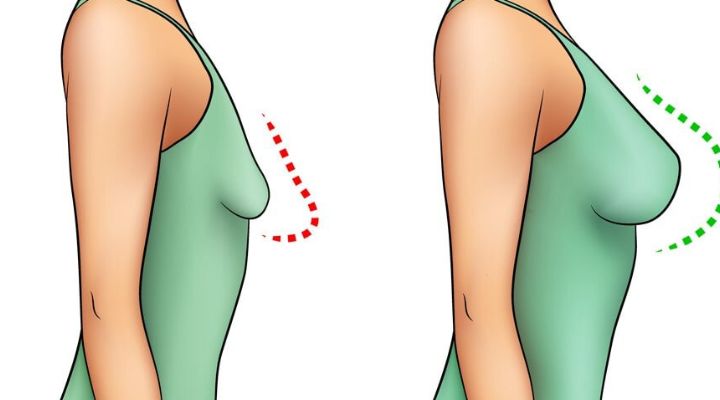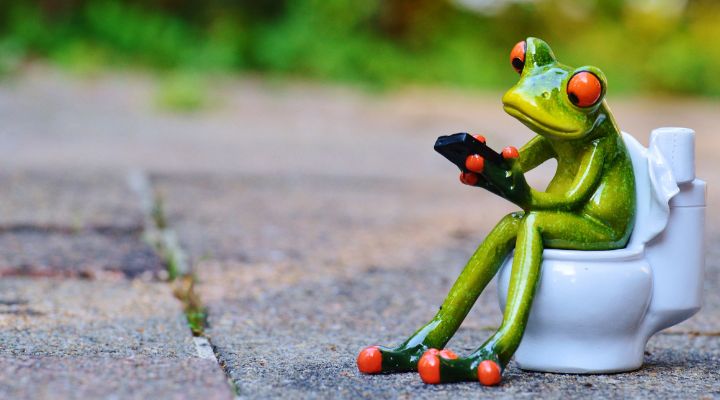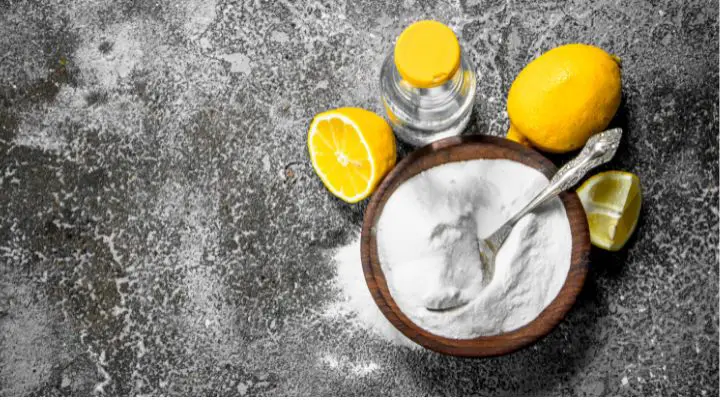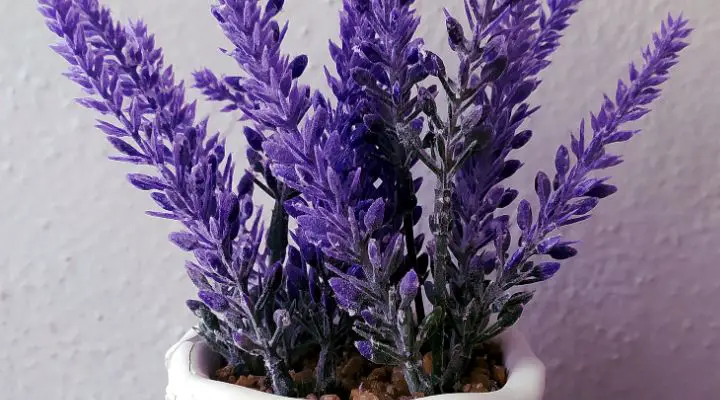Hydrangeas are beloved for their vibrant, showy blooms that can transform any garden into a picturesque haven. Yet, many gardeners face the frustration of sparse or lackluster flowers on their hydrangeas. Enter magnesium sulfate—a gardener’s secret weapon for healthier, more prolific blooms. This common compound, also known as Epsom salt, is a natural and effective way to boost hydrangea flowering. In this article, we’ll explore how magnesium sulfate works, how to use it properly, and why it’s a game-changer for hydrangea enthusiasts.
Understanding Magnesium Sulfate
The mineral component magnesium sulfate is made up of magnesium, sulfur, and oxygen. Its primary benefit for plants lies in its magnesium content, an essential nutrient for photosynthesis. Magnesium helps in the production of chlorophyll, which is critical for energy generation in plants. Sulfur, on the other hand, plays a vital role in synthesizing certain amino acids and proteins necessary for plant health.
When hydrangeas are deficient in magnesium, their growth can be stunted, and their blooms may lack vibrancy or fail to appear altogether. Magnesium sulfate can address these issues by enriching the soil and promoting healthier plant development.
Signs Your Hydrangeas Need Magnesium Sulfate
Before applying magnesium sulfate, it’s crucial to recognize the signs of magnesium deficiency in hydrangeas. Common symptoms include:
- Yellowing Leaves: Older leaves may turn yellow while veins remain green, a condition known as interveinal chlorosis.
- Poor Flowering: Fewer or smaller blooms than usual.
- Weak Growth: Slower growth and less robust stems and foliage.
If your hydrangeas exhibit these signs, a magnesium sulfate treatment may be just what they need.
How Magnesium Sulfate Enhances Flowering
Magnesium sulfate enhances hydrangea flowering in several ways:
- Improved Nutrient Uptake: Magnesium aids in the absorption of other essential nutrients, such as phosphorus, which is vital for flower production.
- Enhanced Chlorophyll Production: By boosting chlorophyll levels, magnesium sulfate ensures that plants have the energy needed for vigorous growth and flowering.
- Soil pH Adjustment: Although magnesium sulfate itself doesn’t significantly alter soil pH, it can improve nutrient availability in slightly acidic to neutral soils, which hydrangeas prefer.
Applying Magnesium Sulfate to Hydrangeas
Using magnesium sulfate for hydrangeas is straightforward, but proper application is key to reaping its benefits. Here’s how to do it:
1. Soil Test First
Before adding any fertilizer, conduct a soil test to check magnesium levels. Excess magnesium can harm plants and disrupt soil balance.
2. Mixing the Solution
For hydrangeas, dissolve 1 tablespoon of magnesium sulfate in 1 gallon of water. Stir until fully dissolved.
3. Applying to Soil
Pour the solution around the base of the hydrangea, focusing on the root zone. Avoid splashing the leaves, as direct contact can cause minor leaf burns.
4. Foliar Spray (Optional)
For a quick nutrient boost, use the same solution as a foliar spray. Apply it to the leaves early in the morning or late in the afternoon to avoid evaporation.
5. Frequency of Application
Use the magnesium sulfate solution once every four to six weeks during the growing season. Overuse can lead to nutrient imbalances, so moderation is crucial.
Complementary Practices for Better Results
While magnesium sulfate can significantly improve flowering, combining it with other good gardening practices will yield the best results:
- Proper Watering: Hydrangeas thrive in consistently moist soil. Water often and thoroughly, especially when it’s dry.
- Mulching: To control temperature and hold onto soil moisture, spread a layer of mulch around the base that is two to three inches thick.
- Balanced Fertilization: In addition to magnesium sulfate, use a balanced fertilizer with nitrogen, phosphorus, and potassium to meet all nutrient needs.
- Pruning: To promote new growth and enhance air circulation, trim any dead or weak stems.
- Sunlight: Ensure your hydrangeas receive the right amount of sunlight—morning sun and afternoon shade work best for most varieties.
The Science Behind the Bloom Transformation
Scientific studies have shown that magnesium plays a pivotal role in improving flower production across various plant species. Hydrangeas, in particular, benefit from the improved photosynthesis and nutrient absorption facilitated by magnesium sulfate. Sulfur’s role in protein synthesis further supports robust plant growth, setting the stage for an abundance of blooms.
Final Thoughts
Magnesium sulfate is a simple yet powerful tool for boosting hydrangea health and flowering. By addressing magnesium deficiencies, this mineral compound ensures your hydrangeas are equipped to produce the vibrant blooms you desire. Remember to use it judiciously and pair it with proper gardening practices for the best results.
With a little effort and the right care, your hydrangeas can become the star attraction of your garden, rewarding you with their breathtaking beauty season after season. Give magnesium sulfate a try and watch your garden flourish like never before!






